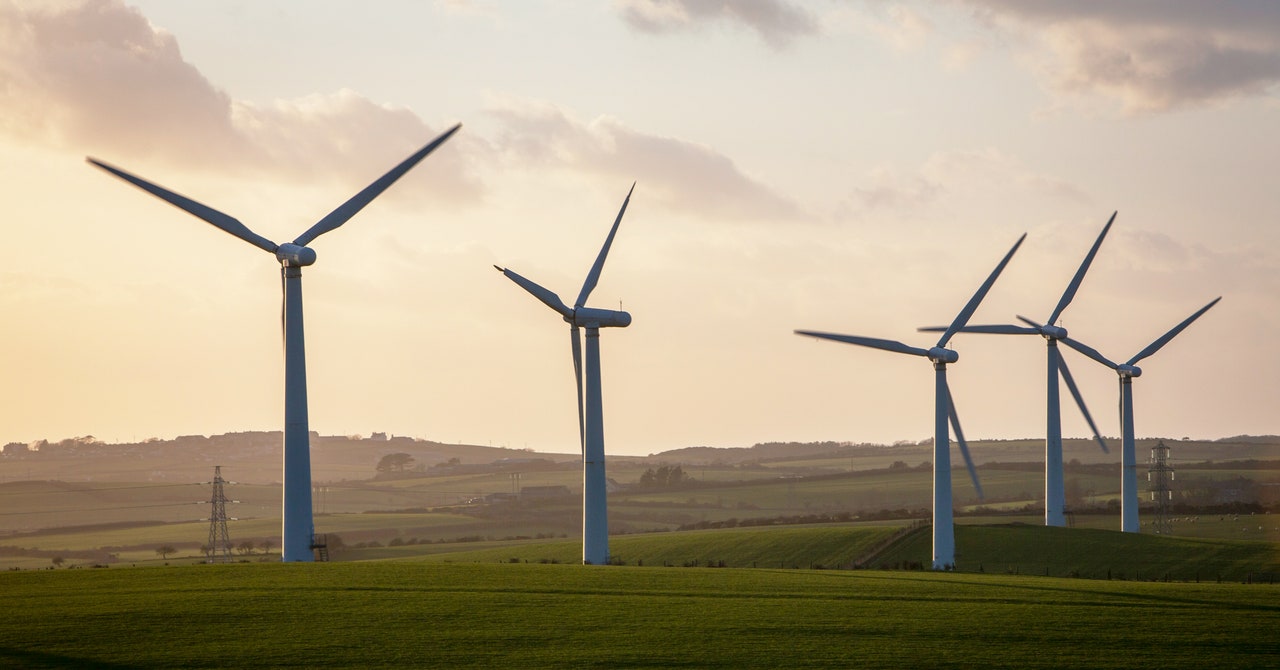
Exactly how much energy is gained depends on factors such as the farm layout and the site’s wind conditions. However, when tested at a commercial farm in India, the algorithm boosted the energy output between 1 and 3 percent, depending on the wind speed, which would be the equivalent of powering 3 million homes if the software were deployed across the world’s existing farms, the study’s authors estimate.
And reaching that point isn’t as far-fetched as it may sound. One of the benefits of the approach is its potential for real-world scalability. “Usually to increase the production unit, you either need to put in a larger rotor or a more powerful generator, or you need to change some of the hardware,” says Xavi Vives, a control engineer at wind turbine manufacturer Siemens Gamesa. (Vives was not involved in the study, though Siemens Gamesa staff were part of the research.) “But this is pure software, so it’s very promising at a very low cost.”
For Varun Sivaram, one of the study’s coauthors, who at the time served as chief technology officer at ReNew Power, India’s leading renewable energy company, testing the tech in India was significant too. “I wanted to find a way to translate a technology from the lab scale into a real-world experiment. And I also wanted to do it in an emerging economy because that’s where the real need is for clean energy solutions—in these emerging economies where the energy demand is growing,” he says.
As well as raising the power output of turbines, the algorithm could also help wind farms by extending the life of turbines and reducing the wear that can diminish their output over time. “I think the most important conclusion from their study is that if you can even out the loads, if you can actually let more wind pass to subsequent turbines, you’re going to reduce the wear and tear on the first turbine,” says Mark Z. Jacobson, professor of civil and environmental engineering at Stanford University. Vives agrees: “The higher the turbulence, the higher the wear and tear … if you can reduce or steer the wake away, then you’re also giving more slack to the turbines so they can operate longer.”
While the study has shown promise, Jacobson thinks further experiments are needed before the software can be rolled out, as the initial testing focused on a setup involving three turbines under specific conditions. In reality, there are infinite potential configurations of turbines, wind speeds, and topographies, he explains. “I think they need to test more complex configurations and try to come up with general rules that are applicable regardless of the configuration,” he says. “You don’t want to try to be optimizing every single turbine and farm.”
As wind energy is scaled up, Sivaram believes algorithms like this will be needed to generate the most electricity possible. Ideal land sites for wind farms require specific circumstances—places with really fast wind speeds and plenty of land to place turbines far apart. The future is likely to see turbines placed close together as land becomes less available.


